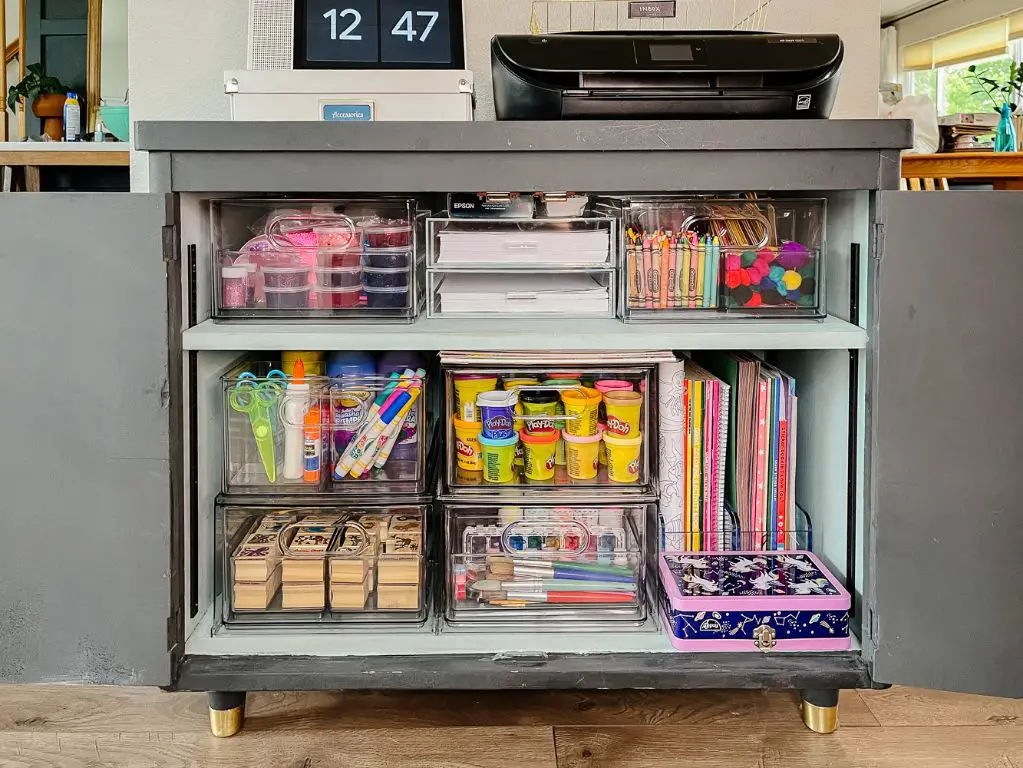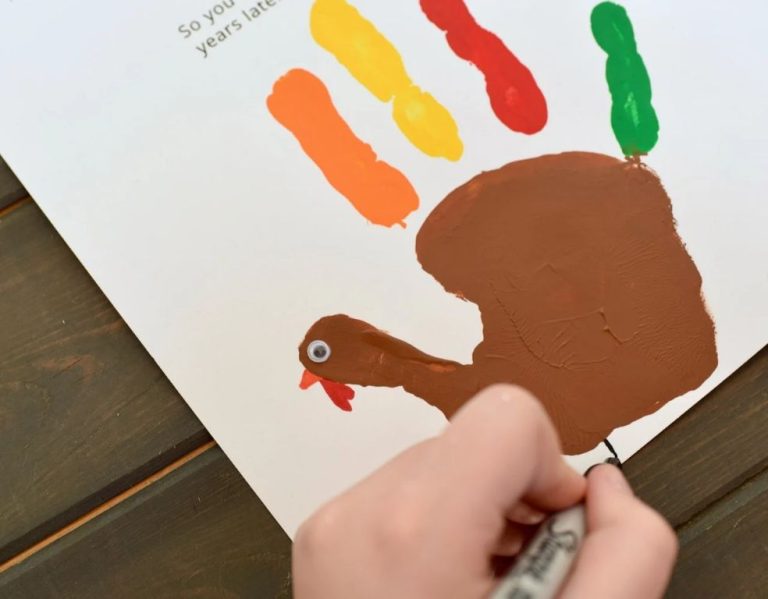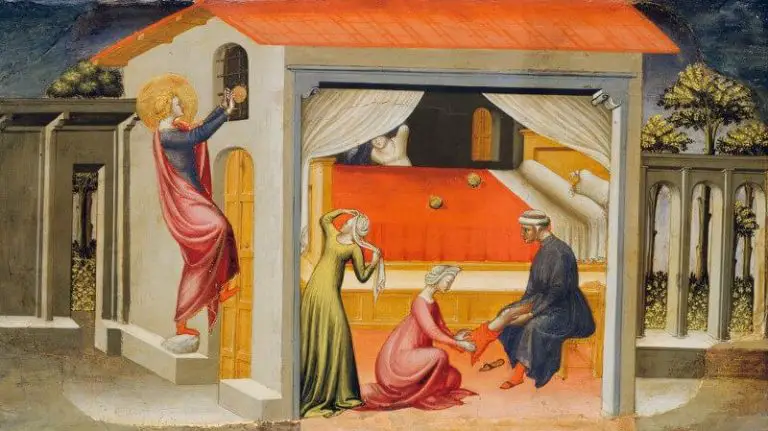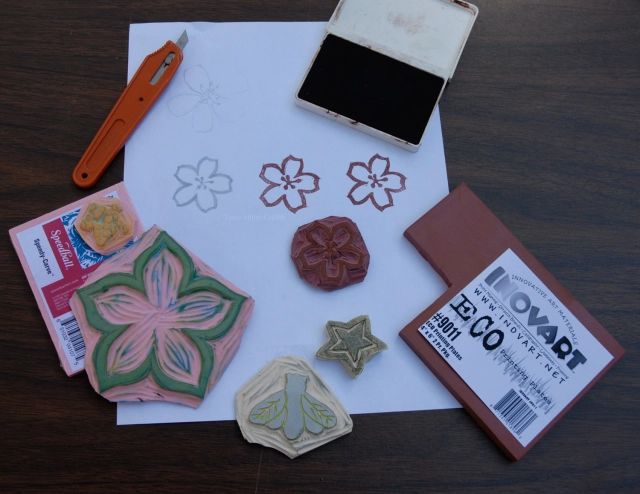How Do I Make An Art Corner In My Room?
An art corner is a designated area in a room that is specifically set up for creative activities like painting, drawing, crafting, and more. Having an art corner provides many benefits, especially for kids. It gives them a space to express themselves creatively, work on art projects, and explore different mediums like paint, markers, clay, and other art supplies. An art corner in a child’s room nurtures their imagination, allows freedom of artistic expression, and gives them a constructive way to spend their free time.
For adults, an art corner can provide a relaxing creative outlet to unwind after a long day. It’s a space to tap into your inner artist, work on DIY projects, or pick up a new hobby like watercolor painting or pottery. Carving out a little slice of your home just for creative play encourages innovation, self-expression, and fun. An art corner can also serve as lovely decorative focal point with a splash of color and personality.
Pick a Spot
When selecting a spot for your art corner, there are a few key factors to consider such as lighting, accessibility, and available space. 1 You’ll want to pick a spot that has good natural lighting during the daytime to make artwork and projects easier on the eyes. Avoid setting up your art corner in a dark corner or area of the room. Easy accessibility is also important so you can easily get supplies in and out. Make sure to leave enough space around the area to move freely. Evaluate the dimensions of your available space and choose an art corner spot that will allow you to maximize it. Allow adequate room for an easel, table surface, storage, seating, and more based on your needs. With some planning, you can create a dedicated art zone even in a small room or corner.
Gather Supplies
Having the right art supplies on hand will allow your child to explore their creativity and make different types of art projects. Some key supplies to gather for your art corner include:
Easels are essential for painting and displaying artwork. Choose a sturdy, adjustable easel that can grow with your child (reference https://www.pinterest.com/pin/pinterest–444660163194408427/).
Storage bins or shelves help keep art supplies organized and within reach. Opt for open bins so kids can easily see materials. Label bins for categories like paper, paints, brushes, etc. (reference https://www.emilydrewmash.com/blog/2022/8/20/simple-supply-list-to-stock-an-art-corner-for-kids).
Stools give kids a place to sit while creating. Look for stable, height-adjustable stools sized for your child.
Add a Work Surface
To have a dedicated area for creating art, add a flat work surface like a table, desk, or easel. A sturdy table or desk provides plenty of room to spread out materials and work on projects (Corners – Matting and Hinging Works of Art on Paper). Look for one with an easily cleaned surface like laminate, wood, or plastic. Or cover a regular table with a washable plastic tablecloth for protection.
For painting, drawing, or other standing artwork, consider getting an easel or drafting table. Place it near natural light from a window for optimal illumination. Secure paper to the easel with artist tape or clamps to keep it from shifting as you work. Lean a large drawing board against the wall when not in use.
For pottery, sculpture, or other messy arts, create a wedging table from a smooth wood plank raised on a stand or sawhorses (Ideas for finishing cradled edges | Artist Surfaces). The height makes it easier on your back when kneading clay. Just be sure to keep water off unsealed wood.
Use Storage wisely

When designing your art corner, make use of vertical space with shelves and hanging storage. Install shelves high up on the wall to store art books, sketchbooks, and other supplies you don’t use as frequently. For items you use more regularly, add bins, baskets, or cubbies within easy reach. Look for storage solutions like wall-mounted bins and modular shelving units that allow you to customize to your space and organizing needs. Hanging storage like over-the-door shoe organizers are great for stashing smaller supplies like markers, paint tubes, brushes, and more. Utilize the backs of doors by attaching hanging bins or even a chalkboard for notes and doodling. Get creative with your storage solutions to maximize every inch of your art corner.
Here are some art supply storage ideas from Pinterest: https://www.pinterest.com/InnovationKidsLab/art-supply-storage/
Include Seating
Seating is an important part of any art space. Having a variety of seating options allows you to sit comfortably while creating art. Some seating ideas for an art corner include:
Stools
Stools like the IKEA Henriksdal Bar Stool provide adjustable height seating that can accommodate counters or tables of varying heights. The minimal design doesn’t clutter the space. See more options at https://www.ikea.com/us/en/cat/bar-stools-15954/
Chairs
Comfortable chairs allow you to sit and create for long periods. The IKEA Strandmon Wing Chair is padded and ergonomic. See more choices like it at https://www.ikea.com/us/en/rooms/home-office/gallery/work-from-home-office-ideas-pub54806dc0
Floor Cushions
Floor cushions and bean bags from stores like Urban Outfitters provide informal, adaptable options for sitting on the floor while crafting or drawing. Browse selections at https://www.urbanoutfitters.com/cushions-throws
Display Art
Art can bring color, creativity, and personality to any space, even a small room. When choosing how to display art in your art corner, consider the wall space you have available and your personal style. Here are some creative options for showcasing artworks in a small space:
Wall Mounts
Wall mounts like ledges, floating shelves, and wall hooks allow you to creatively arrange and exhibit artworks on your walls without taking up additional floor space. Stagger floating ledges and shelves at different heights for a gallery wall effect. Or use removable adhesive hooks to hang lightweight pieces. Just be sure not to overload the walls. Refer to this source for advice on how much weight your walls can hold.
Hanging Clips
Hanging clips offer a flexible way to display lightweight art, photos, or prints. Command hanging strips, binder clips, clothespins, and picture ledge clips are easy to install and rearrange as needed. Clip art pieces to a clothesline or twine strung across your wall for a whimsical effect. Group coordinating pieces over a desk or dresser using uniform frames or clips for an organized gallery.
Shelves
Mini shelves, ladder shelves, and corner shelves are ideal for displaying small sculptures, pottery, or other 3D art. Place shelves at varying heights and angles to add visual interest. Make sure pieces have enough support and will not easily tip over. A source like this Pinterest pin recommends using museum gel to securely hold each item.
Accessorize
Add some extra flair to your art corner with stylish accessories like lamps, trays and baskets. A lamp is a must to provide good lighting for doing artwork or other activities in your corner. Opt for an adjustable desk lamp that can direct light right where you need it. Place it on a small side table or mount it to the wall.
Trays and baskets are great for corralling art supplies or other small objects. Choose materials like wood, woven rattan or metal in colors that coordinate with your room’s decor. Stack them on open shelves or place them on the desktop. For an eclectic look, mix trays and baskets in different sizes, shapes and materials. A couple of decorative trays filled with colorful pens, markers, paintbrushes and other tools will make your art corner look pulled together.
Other fun accessories to consider are a bulletin board for displaying inspiration, a magnetic whiteboard for jotting down ideas, a small easel for working on paintings and a cushy foot rest under your seat. Get creative with how you accessorize your art nook to make it functional and fashionable.
Add Inspiration
Gathering sources of inspiration for your artistic projects is crucial for feeding your creative spirit and sparking new ideas. The book 5 Sources of Creative Inspiration for Artists recommends perusing art books and visiting museums and galleries to immerse yourself in the work of other artists. Art books in particular provide a deep dive into an artist’s body of work, techniques, and creative process.
Creating an inspiration or mood board is another great way to collect visual inspiration. Compile magazine tear sheets, photographs, color swatches, sketches, and other materials that reflect the look and feel you want for your art corner. Arrange and display your mood board where you’ll see it often to get your creative juices flowing.
Maintain and Enjoy
Keeping your art corner neat, clean and organized will allow for more creativity to flow. Set aside time each week or month to tidy up the space. Store unused supplies in bins, shelves or drawers so they are out of the way but easy to access when inspiration strikes. Having an organized art area prevents clutter from piling up and taking over the creative space.
Make a habit of spending time in your art corner on a regular basis. Even if you only have 15 minutes, use that time to sketch, paint, write in your journal or simplyBrainstorm new ideas for future projects. The more you utilize the space, the more creative energy will build up there. Setting aside time to enjoy your art corner makes creativity a consistent part of your routine.





